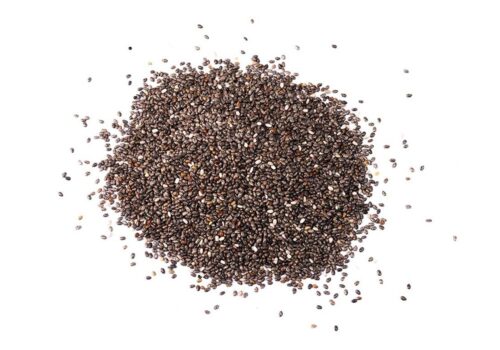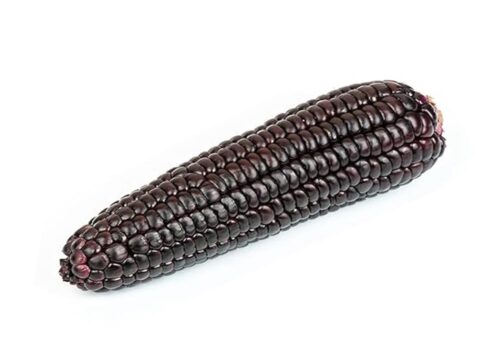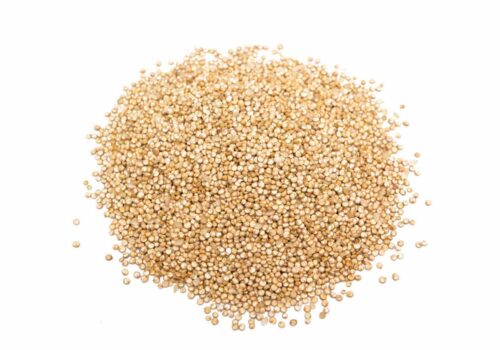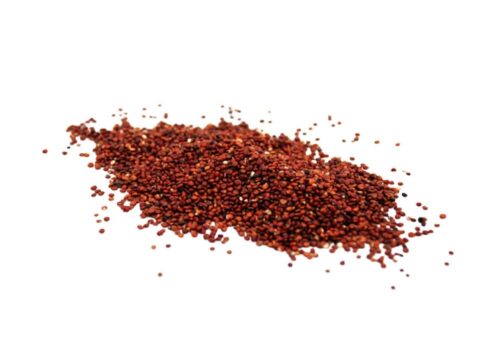Description
Peruvian black quinoa, scientifically known as Chenopodium quinoa, is a distinctive and nutritious variety of quinoa that originates from the Andean region of Peru. It is a member of the ancient grain family and has garnered attention for its unique appearance, outstanding nutritional benefits, and versatility in culinary applications. Here is a detailed description of Peruvian black quinoa:
1. Origin and Cultivation: Peruvian black quinoa has been cultivated for thousands of years by indigenous communities in the high-altitude regions of the Andes, where it thrives in the challenging growing conditions. The fertile soils, high elevations, and unique climate of Peru contribute to the exceptional quality and taste of this quinoa variety.
2. Appearance: This quinoa variety is easily distinguishable by its striking deep black or dark purple seeds. The tiny, bead-shaped seeds are slightly smaller than common white or red quinoa but possess a glossy and vibrant outer layer. When cooked, Peruvian black quinoa maintains its striking dark hue, adding a visually appealing element to a variety of dishes.
3. Nutritional Benefits: Peruvian black quinoa is celebrated not only for its distinctive appearance but also for its remarkable nutritional profile. It is a rich source of essential nutrients, including protein, dietary fiber, vitamins (such as B vitamins), and minerals (such as iron, magnesium, and phosphorus). It is also gluten-free, making it suitable for those with gluten sensitivities or celiac disease.
4. Flavor and Texture: Peruvian black quinoa has a slightly earthy and nutty flavor that is milder than some other quinoa varieties. It has a pleasantly chewy texture and retains a slight crunch when cooked. The texture and flavor make it an excellent addition to a wide range of dishes, from salads to main courses.
5. Culinary Applications: Peruvian black quinoa is a versatile ingredient that can be used in various culinary preparations. It is commonly employed in salads, pilafs, soups, and side dishes. It also works well as a base for grain bowls and can be used as a stuffing for vegetables or as an accompaniment to meat and fish dishes.
6. Colorful and Nutritious Dishes: The striking dark color of Peruvian black quinoa adds a dramatic and visually appealing element to dishes, making it a favorite among chefs for creating aesthetically pleasing and healthful plates. It is often used in combination with other quinoa varieties or ingredients to create colorful and nutritious meals.
7. Cultural Significance: In Peru, black quinoa holds cultural significance, as it has been a staple in the diet of Andean communities for centuries. It remains a symbol of resilience and adaptability in the face of challenging growing conditions, making it an important part of the region’s food heritage.
Peruvian black quinoa is not only a feast for the eyes but also a powerhouse of nutrition, offering a unique and flavorful addition to the world of ancient grains. Its combination of distinctive appearance, rich nutrient content, and culinary versatility makes it a highly prized ingredient for those seeking to elevate their dishes with both visual and culinary appeal.






Reviews
There are no reviews yet.